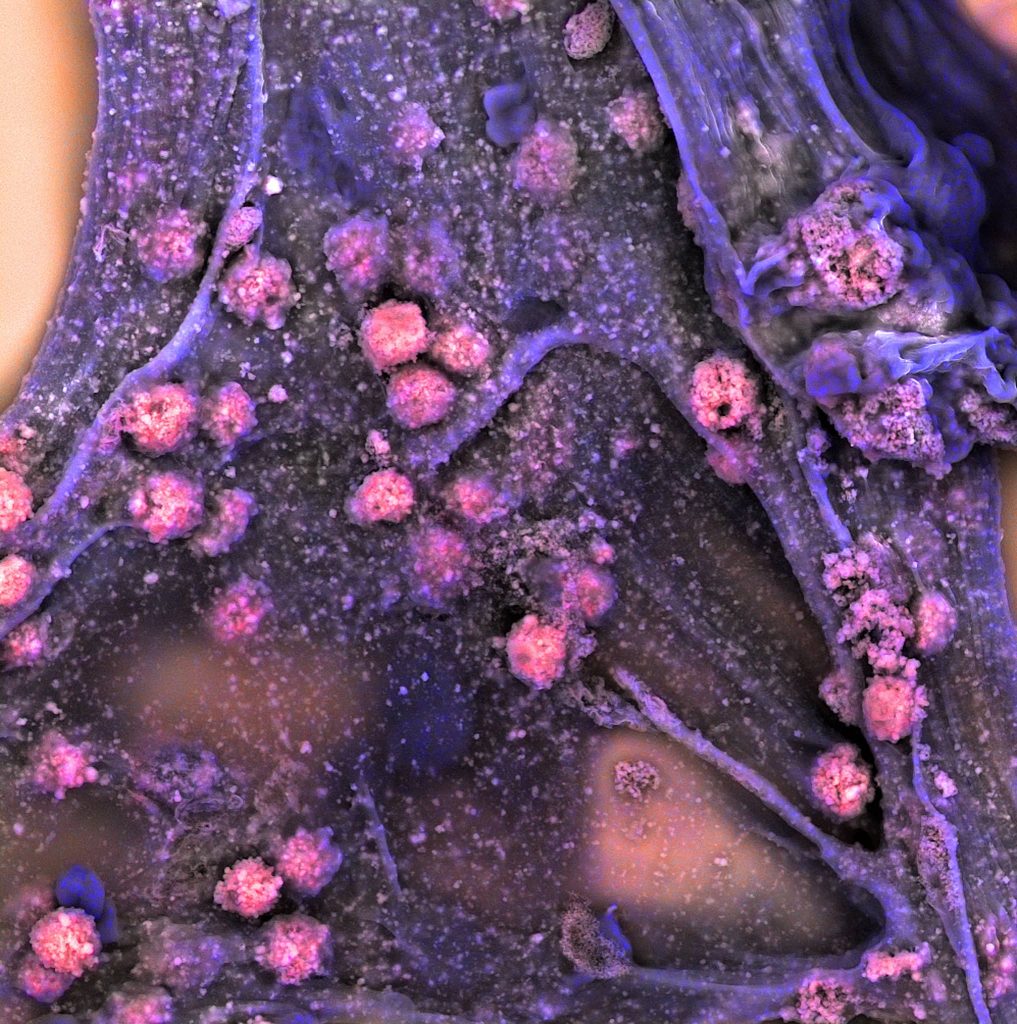Written by Haarika Gogineni and Edited by Myra Ali

Since the dawn of time scientists and scholars have been searching for a cure-all in medical history, a magic bullet or a panacea which can cure any ailment or illness and repair any human body. In modern day, scientific research has led us to the astounding discovery of stem cells, which have been used to accomplish extraordinary feats, such as growing ears in a petri-dish or even creating a patient-specific adult human heart [1].
Stem cells are undeveloped cells which have the potential to evolve into a large variety of cell types within the body. They are particularly notable due to the fact that, because of their wide range of adaptability, they can be used to repair or even replace various tissues of damaged or diseased cells within the body [2]. There are four major types of stem cells, however two are more often used in medicinal repair and scientific research: embryonic stem cells and adult stem cells. Embryonic stem cells are developed in the first stages of fertilization in a human’s body, while the adult stem cells are comparatively more specialized and remain in the body until needed [3]. Thus, stem cells have provoked a high interest in the medical community in regards to regenerative medicine.
Historically, stem cells have always been tied to bone tissue, mainly due to the fact that bone is the main organ which contains multiple stem cells and can monitor and maintain major physiological systems. Bone marrow has been a widely recognized “niche” of stem cells which have been used in a large number of medical procedures, including transplants [4]. As such, a major application for stem cell-based research has been bone-tissue engineering. The most basic bone-tissue engineering involves stem-cells which have become specialized, and artificial bone structures which are combined for transplants; however, many drawbacks are associated with the clinical application of this method including higher possibilities of rejection from the immune system, a reduction in the survival rate of the cultured cells, and the sheer complexity of the method itself. To develop a solution for this issue, contemporary researchers have proposed a method of bone regeneration referred to as “in-situ” bone regeneration. This novel method attempts to implant stem cells from the bone marrow to infected or damaged sites using a bone remodeling-based scaffold system [5]. This type of system allows for the bone to heal by triggering the stem cells to become specialized based on the environment that they are injected into. Another solution to this issue is a biomimetic approach to bone-engineering. A biomimetic approach refers to a model in which the biological environment and conditions are replicated artificially [6]. This model is useful because it would allow a phenotypically stable environment for the stem cells to become specialized and would theoretically optimize the regeneration of bone-tissue; however, there is not enough substantial evidence to support the idealized benefits of the method to implement this strategy on patients in medicine today.
While there clearly have been many advancements in stem cell research, scientists can continue to explore the large gap in the knowledge of this type of regenerative medicine. Stem cell research will continue to have great evolutionary significance because it can theoretically be used to regenerate tissue that was damaged by both disease and injury, and repair any wound or illness. Furthermore, it could lead to growing entire tissues and organs for transplants based solely on the patient’s stem cells which would abolish the need for transplant databases and waiting, while also having higher chances of success by preventing rejection.
References:
- Ronaldson-Bouchard, K., Ma, S., Yeager, K., Chen, T., et al. (2018). Advanced maturation of human cardiac tissue grown from pluripotent stem cells. Nature: International Journal of Science, 556: 239–243.
- Clevers, H., Loh, K.M., Nusse, R. (2014). An integral program for tissue renewal and regeneration: Wnt signaling and stem cell control. Science Magazine, 346 (6205).
- Brazier, Y. (2018). What are stem cells, and what do they do? Medical News Today.
- Bianco, P. (2015). Stem cells and bone: a historical perspective. Bone, 70: 2-9.
- Lee, J.S., Jin, Y., Park, H.J., Yang, K., et al. (2017). In Situ Bone Tissue Engineering with an Endogenous Stem Cell Mobilizer and Osteoinductive Nanofibrous Polymeric Scaffolds. Biotechnology Journal, 12 (12).
- Kim, H.D., Amirthalingam, S., Kim, S.L., Lee, S.S., et al. Biomimetic Materials and Fabrication Approaches for Bone Tissue Engineering. Advanced Healthcare Materials, 6 (23).
